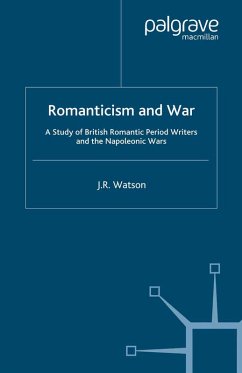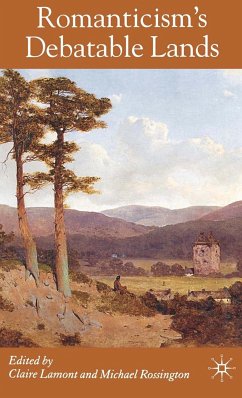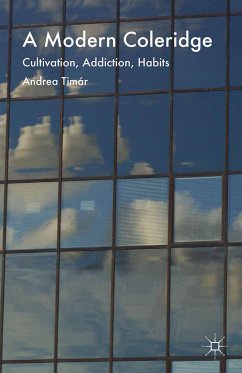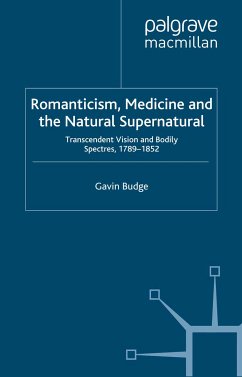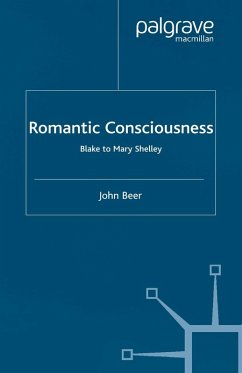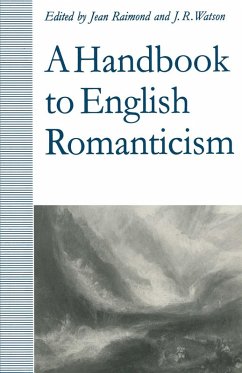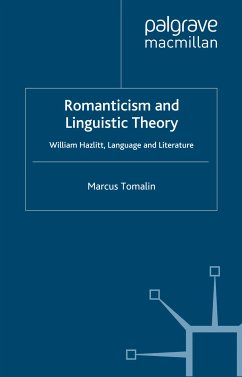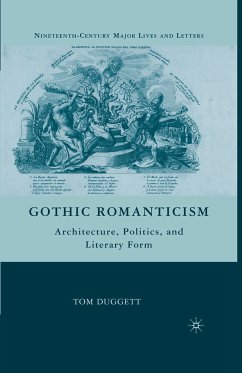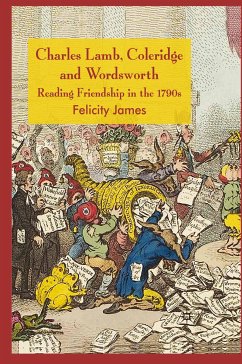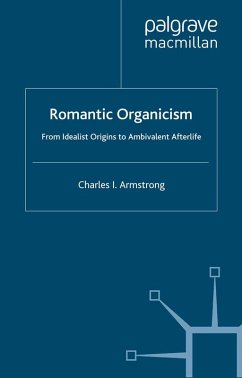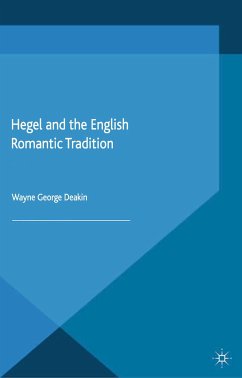
Hegel and the English Romantic Tradition (eBook, PDF)
Versandkostenfrei!
Sofort per Download lieferbar
40,95 €
inkl. MwSt.
Weitere Ausgaben:

PAYBACK Punkte
20 °P sammeln!
Re-examining English Romanticism through Hegel's philosophy, this book outlines and expands upon Hegel's theory of recognition. Deakin critiques four canonical writers of the English Romantic tradition, Coleridge, Wordsworth, P.B. Shelley and Mary Shelley, arguing that they, as Hegel, are engaged in a struggle towards philosophical recognition.
Dieser Download kann aus rechtlichen Gründen nur mit Rechnungsadresse in A, B, BG, CY, CZ, D, DK, EW, E, FIN, F, GR, HR, H, IRL, I, LT, L, LR, M, NL, PL, P, R, S, SLO, SK ausgeliefert werden.



